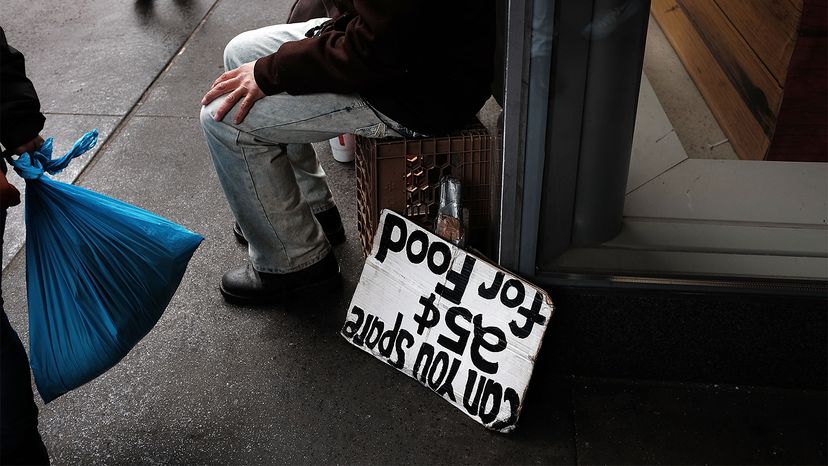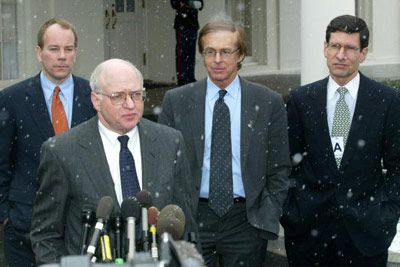
If you didn't live through the Great Depression that started in the late 1920s and lasted until the beginning of World War II, it's hard to imagine just how rough many ordinary Americans had it. At the Depression's peak in 1933, the nation's Gross Domestic Product had been cut roughly in half, and nearly one in four American workers was unemployed. Since they didn't have money to pay their mortgages, the foreclosure rate more than doubled and people who lost their homes found themselves erecting cardboard and scrap wood shacks and living in camps known as "Hoovervilles," named after President Herbert Hoover, whom many blamed for the Depression, on the edge of towns and cities. In this 2007 interview published by the Federal Reserve Bank of St. Louis, two men who survived the Depression describe how people around them often were so desperate for food that they eagerly rooted through garbage bins at markets for discarded vegetables and spoiled chicken carcasses.
Even after Franklin Roosevelt's New Deal program eased some of the deprivation, the nation's battered economy continued to struggle, right up until the war brought a massive surge in government spending and created jobs at defense plants for those who didn't go off to fight overseas, as this article from the FDR Library explains.
Advertisement
Why did the Great Depression happen, and could it ever happen again? The Depression's causes have been a longtime subject of debate by historians and economists, though there seems to be a consensus that the economic disaster was the result of multiple factors — some of which led to the event, while others worsened or prolonged it. And while the nation's economy, the financial system and government regulation have changed considerably since the 1920s and 1930s, experts warn that we're still not immune to some of the same risks that contributed to the catastrophe. Worse yet, some mistakes of that era are now being repeated.
Here's a list of five factors that helped lead to the Great Depression:
Advertisement

